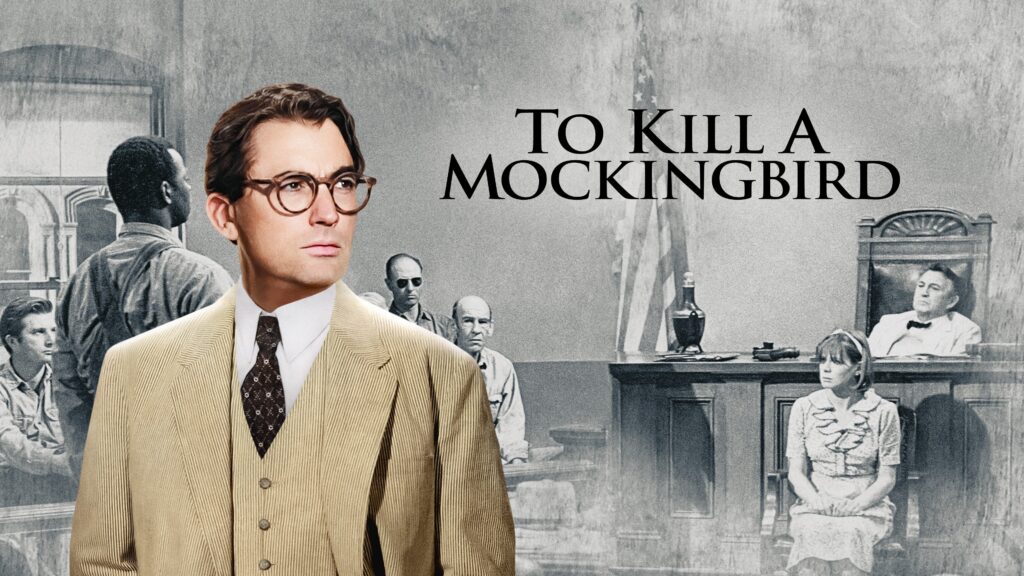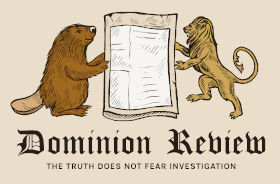Editor’s note: This article was originally published on the Canadians for a Sustainable Society website (sustainablesociety.com), which I encourage readers to check out. It is republished here, in a slightly abridged format, with permission of the author.
When did we stop loving the land?
While the growth lobby pushes their agenda of a constant increase in population, GDP, and asset inflation – justifying it all with money metrics – environmentalists and social activists promote causes from species and farmland loss to climate change and declining equality.
But somewhere along the line, the way we live and our relationship with nature has been pushed aside by the techno-babble of competing agendas and statistics.
What happened to love of the land – is it illegal now? Do all arguments have to be couched in clinical environmental terms, politically correct slogans, and market hucksterism? In a fog of self-righteousness and greed? Or desperation perhaps?
Canadians once held the fields, forests, lakes, rivers, and wildlife close to our hearts. When did we start to need an excuse to say we love this country – both the land and the people? Did it become unfashionable, or is there a darker fear of consequences at play?
Forest air, loon calls over a silent lake, the undulating ocean of prairie grassland. Children running through a field of grain. Are we afraid to say this is how we want to live? If so, we need to make changes.
Love of the land expressed by a master
Chief Seattle (1780 – 1866) was a leader of the Duwamish and Suquamish peoples. A leading figure among his people, he pursued a path of accommodation to white settlers.
In 1854, he gave a speech, delivered in his native language of Lushootseed, to Isaac Stevens, during a visit to the city of Seattle. A pioneer, Henry A. Smith, had attended the meeting and taken notes of the speech. Thirty-three years later, in 1887, a text was reconstructed from Smith’s notes and published in the Seattle Sunday Star. Smith’s version of the speech was “necessarily filtered”, “embellished”, and created from Smith’s “incomplete” notes, according to historian Walt Crowley. There is no corroboration for the exact words of the speech, but Smith’s reconstruction is plausible, albeit embellished. Smith’s speech reconstruction has been lauded as “a powerful, bittersweet plea for respect of Native American rights and environmental values.”
Every part of the earth is sacred to my people.

Every shining pine needle, every sandy shore, every mist in the dark woods, every clearing and humming insect is holy in the memory and experience of my people.
The white man is a stranger who comes in the night and takes from the land whatever he needs.
The earth is not his brother but his enemy and when he has conquered it he moves on.
He leaves his fathers’ graves and his children’s birthright is forgotten.
all Things share the same breath – the beasts, the trees, the man.
The white man does not seem to notice the air he breaths.
Like a man dying for many days, he is numb to the stench.
What is man without the beasts?
If all the beasts were gone, men would die from great loneliness of spirit, for whatever happens to the beast also happens to man.
All things are connected.
Whatever befalls the earth befalls the sons of earth.
The whites too shall pass – perhaps sooner than other tribes.
Continue to contaminate your own bed, and you will one night suffocate in your own waste.
When the buffalo are all slaughtered, the wild horses all tamed, the secret corners of the forest heavy with the scent of many men, and the view of the ripe hills blotted by talking wires, where is the thicket?
Gone.
Where is the eagle?
Gone.
And what is it to say good-by to the swift pony and the hunt, the end of living and the beginning of survival.
This speech by Chief Seattle, a 19th century Amerindian leader of a tribe in the Puget Sound area, illustrates a fundamental understanding of humanity’s relationship with nature and a strong love of the land.
Despite our technological advances, a sustainable society will have to be based on more than biological metrics, efficiency, and models. To work in the long term, people will have to once again grow to love the land. Sustainable culture must be more than the sum of its technological parts.
Money metrics, consumerism and never-ending growth have diverted our attention – or at least that of the political elites – away from how we live to how much we consume. Sustainability isn’t just about numbers, it is also about the way we live.
All content on this website is copyrighted, and cannot be republished or reproduced without permission.
Share this article!





Maybe it is an underlying scientism that is behind our incessant need to justify (usually though metrics) a reason not to destroy our homes. Nonetheless, loving and respecting your land should be enough in itself to warrant protecting it.